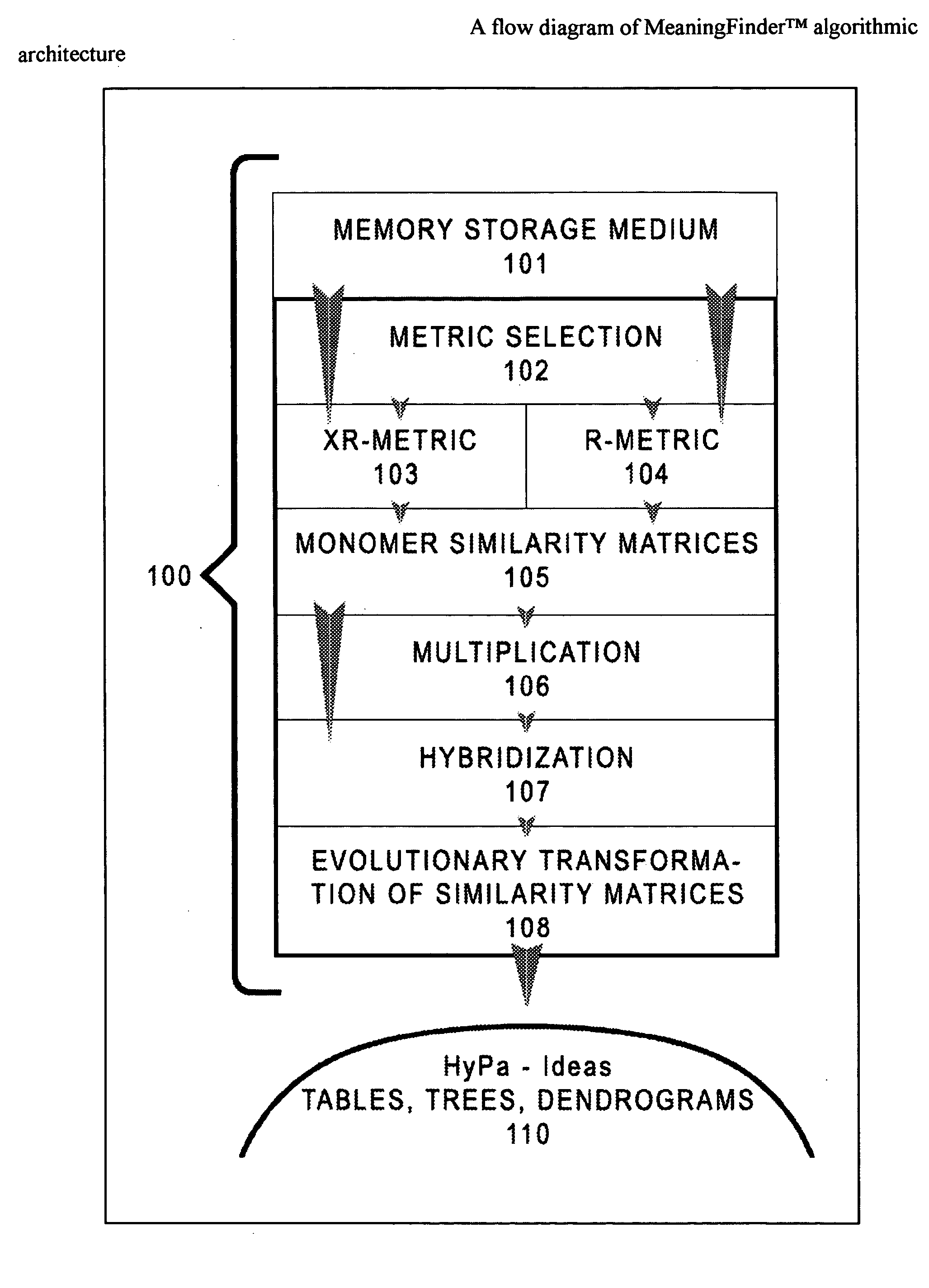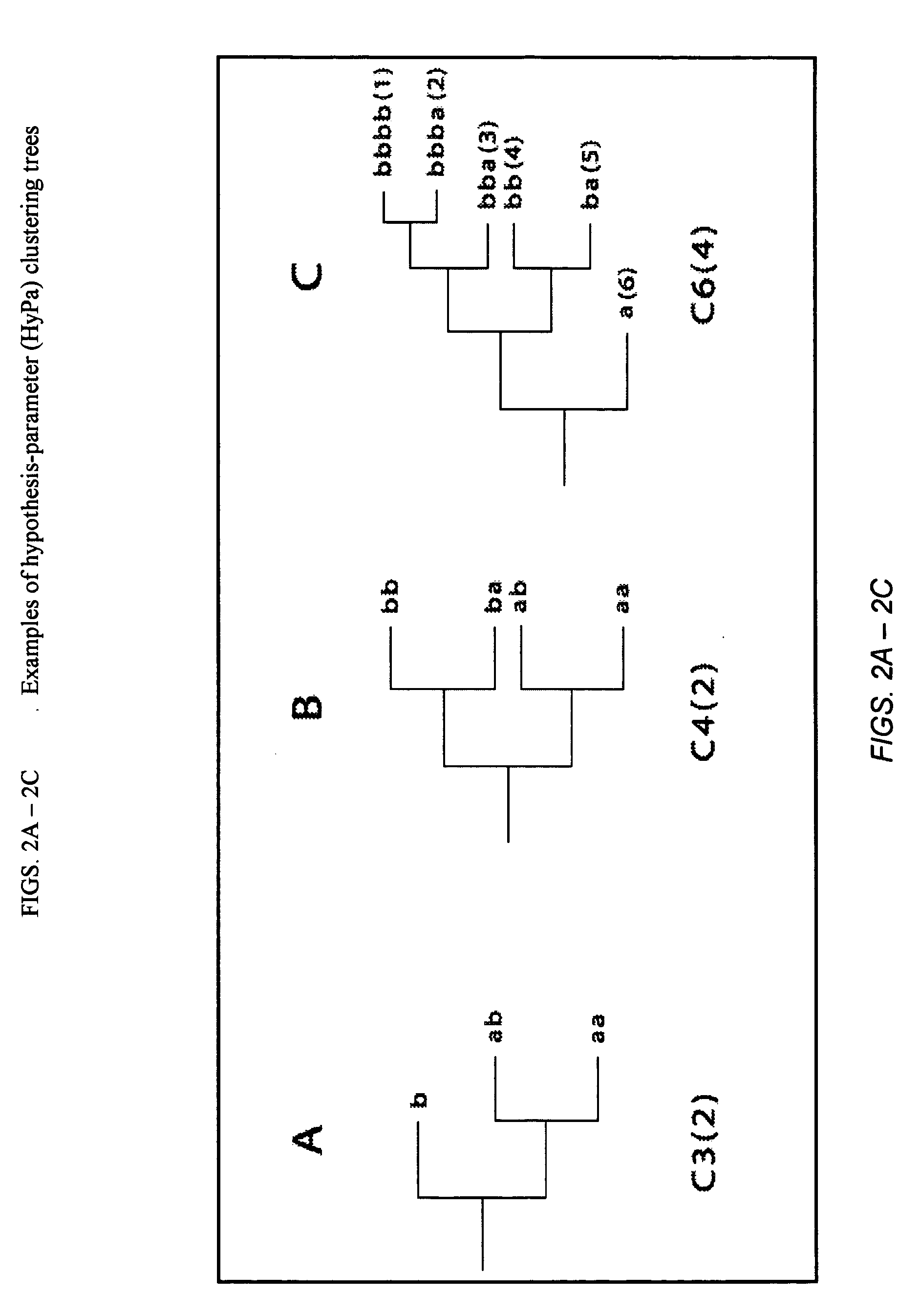London: Hutchinson, 1959)--or encountered
statistical analysis problems of such complexity (for instance, in
biology, including and especially,
ecology) that primitive mathematical approximation could be of no use in the understanding of principles of interrelations between variables that determine a real diversity of objects and phenomena.
In such cases, accurate statistical evaluation of the data is hindered by null hypothesis testing.
If instead of developing theories, a researcher is involved in such practical issues as selecting the best treatment(s), then the researcher is probably confronting a complex
decision problem involving inter alia economic considerations.
If the instruction / training is to be provided by the human instructor, then such a device cannot be an independent thinker / decision-maker--it will remain a
thermometer, however sophisticated it may be, or a reference book, however regularly it is updated.
One and the same decision applied to particular situations that are same in general, however, different in slight but important details may result in opposite outcomes, and, therefore, the user's failure to provide proper control over its "decision-making" artificial assistant may end poorly for the user.
The second stage--hypothesis generation--is closely connected with the first step in
decision making, i.e. the understanding and formulation of an objective, and therefore is extremely difficult for computerized implementation.
For instance, one of the experts may be too conservative and cautious in judgments, whereas another may be overly categorical.
A bad expert's opinion may appear to be no less useful if such expert's style is reproducible.
Leaving alone the fact that the whole concept is purely a product of
computer programming and mathematics and that the word "
neuron" in this context is just a symbol of a future goal and by no means an assertion of any real achievement, there is yet another problem: even if
computer engineering can describe and simulate the
synapse formation and transmission, how can it describe and simulate what is still unknown to
neuroscience: how is specific information communicated from one
neuron to another?
There is an undeniable truth about the
human brain activity, and failure to realize or remember that truth inevitably results in failure in fulfilling the task of the realistic
simulation of the
human brain activity.
However, it is obvious that there is nothing yet in the
computer science field that could give hope for development of a computer
system that would be able to make independent decisions on what is right and what is wrong.
Even a small failure in a minor "department" of a metabolic
system ("minor" from a biochemist's anthropomorphic viewpoint) may become a debilitating or
lethal factor for a
system.
No
computer program attempting to imitate the processes occurring in living organisms and, especially, in the brains, the most complex part of them, can provide for that level of coordination, and it is clear why.
A
computer program that can at any point sustain artificially made commands without a complete loss of its functionality will never be able to imitate the brain properties.
As
software developers' key priority is the achievement of a technical objective rather than maintaining a certain wholesome logic, it often happens that starting with the very early stages of a
computer program development, a unified algorithmic core can no longer be maintained and breaks into a multitude of artificially joined individual algorithms.
The latter, while resolving particular local problems, inevitably creates new problems, and swiftly fills up the whole space of a program where logical continuity of its components is missing.
Thus, the attempts to cope with the growing complexity of computer programs lead to creation of more complex programs.
Full cooperation between all of the algorithms of a computer program is an extremely difficult task, and without its implementation, no program that can qualify for the role of the brain's artificial counterpart.
A truly cooperative system of algorithms does not tolerate commands that are alien to its environment, however important their execution may be in the context of a program's performance or in the view of its designer.
However intensely has this issue been investigated throughout the past centuries, we have yet to understand how these two fundamental mechanisms interact in the brain.
But the fact of the matter is that there is spontaneous interaction between deduction and induction, and they are inseparable.
The said combination of processes is not regulated and is
fully automated, autonomous and unsupervised; it depends on and is determined by only the properties of a target
similarity matrix under analysis, i.e. by input data and an applied technique of computation of similarity-dissimilarity matrices.
Thus, for the evolutionary transformation method to be independent from the operator's will and truly unsupervised, the
similarity matrix computation must be based on a procedure that does not depend on the type of input data.
Some of the approaches applied in many of the widely used applications for the purpose of establishing similarity-dissimilarity of objects described in high-dimensional space of attributes clearly represent a forced solution used for the lack of proper techniques and are simply nonsensical.
Understandably, this dependency catastrophically increases in a super-space, resulting in a situation when the most that can be done about similarities-dissimilarities is the
standardization of conditions for comparison of similarities on a presumption that "objects in a set have otherwise equal status", which by definition cannot be considered as an acceptable methodological platform.
For instance, it is customary to use Euclidean distances to determine similarities (between objects) as vectors in n-dimensional spaces of parameters even if they are described by different dimensions--despite the elementary truth that this is grossly unscientific.
This inadmissible compromise further creates multitude of problems, starting with the "
curse of dimensionality" and up to the necessity of entering special constraints for a computer program to avoid the use of Euclidean distances where it is absurd.
However, in
machine learning, such registering of information is necessary but insufficient.
Image recognition has been chosen for visuality considerations, and also because a
human body (and its various poses) represents a continuum, practically with no gaps and hiatuses, in which case the identification, classification and
machine learning are extremely difficult.
However, it was not the practical or theoretical value criteria that determined the choice of the examples presented in this disclosure.
Indeed, the
assessment scale used by humans for evaluation of objects and phenomena is not very detailed, and it has its adequate verbal reflection in the form of evaluative words, such as:
extremely poor, poor, satisfactory, good, very good, excellent, etc.
However elegant, this approach to non-probabilistic description of complexity has a major flaw: the Kolmogorov complexity cannot be computed, as "the shortest program" notion is only relative, and there is no way to establish with certainty whether or not a particular program is indeed the possibly shortest one.
Another problem with the Kolmogorov complexity as a criterion for complexity is the fact that a universal
Turing machine, by definition, can have a variety of implementations, and each of them will have its own "shortest" program.
Nonetheless, it is apparent that the practical applicability of the Kolmogorov complexity is seriously hampered by those two factors.
 Login to View More
Login to View More  Login to View More
Login to View More 


